Is your industrial sector struggling with productivity? Are you looking for ways to optimize your workforce and see a tangible increase in output? You’ve come to the right place. Many industrial businesses face challenges in maximizing their worker efficiency. This article addresses those challenges head-on, providing actionable strategies you can implement to boost productivity and improve your bottom line. We’ll delve into practical methods that address everything from workflow optimization to technology integration, offering a holistic approach to improving how your employees perform.
Key Takeaways:
- Streamlining workflows and eliminating bottlenecks are critical for boosting worker efficiency.
- Investing in employee training and development directly improves skills and reduces errors.
- Technology, when properly implemented, can automate tasks and free up workers for more complex duties.
- A safe and ergonomic work environment contributes significantly to worker satisfaction and productivity.
Streamlining Workflows to Improve Worker Efficiency
The first step in improving worker efficiency is to analyze and streamline your existing workflows. Identify bottlenecks, redundancies, and unnecessary steps in your processes. This often involves mapping out the entire process, from raw material input to finished product output. Look for areas where delays occur or where materials are handled multiple times.
One effective method is to implement lean manufacturing principles. Lean manufacturing focuses on eliminating waste in all its forms, including wasted time, wasted materials, and wasted effort. By applying lean principles, you can significantly reduce cycle times and improve overall efficiency. For example, implementing a “just-in-time” inventory system can minimize storage costs and reduce the risk of material obsolescence. This requires careful planning and coordination with suppliers, but the benefits in terms of reduced waste and improved worker efficiency can be substantial. In the realm of data management, the efficient handling of gb of information is critical. Make sure that the systems you’re using for data storage and retrieval are optimized for speed and ease of use.
Another key aspect of streamlining workflows is to ensure that employees have the tools and resources they need at their fingertips. This includes providing them with clear instructions, readily available materials, and well-maintained equipment. A disorganized workspace can lead to wasted time and frustration, so it’s important to maintain a clean and orderly environment.
Investing in Training and Development to Maximize Worker Efficiency
Even the most efficient workflow will fail if employees lack the skills and knowledge necessary to perform their jobs effectively. Investing in training and development is crucial for improving worker efficiency and ensuring that employees are up-to-date on the latest techniques and technologies.
Training programs should be tailored to the specific needs of your workforce and should cover a range of topics, including safety procedures, equipment operation, and problem-solving skills. Regular refresher courses can help to reinforce knowledge and ensure that employees are following best practices.
In addition to formal training programs, consider implementing on-the-job training initiatives. This can involve pairing experienced employees with newer employees to provide mentorship and guidance. On-the-job training allows employees to learn practical skills in a real-world setting and can be a highly effective way to improve worker efficiency. Make sure the training is accessible, easy to understand and relevant to the worker’s daily routine.
Leveraging Technology to Boost Worker Efficiency
Technology plays a critical role in modern industrial sectors, and it can be a powerful tool for improving worker efficiency. Automation, in particular, can free up workers from repetitive tasks and allow them to focus on more complex and value-added activities.
For example, automated assembly lines can significantly reduce the time required to manufacture products. Robots can perform tasks that are dangerous or physically demanding, reducing the risk of injury to workers. And computerized inventory management systems can help to optimize stock levels and prevent shortages.
However, it’s important to implement technology strategically. Simply throwing technology at a problem without careful planning can be counterproductive. Before investing in new technology, take the time to assess your needs and identify areas where technology can have the greatest impact. Also, remember that new technology requires training, so be sure to invest in the necessary training programs to ensure that employees can use the technology effectively. Efficiently managing the gb of data that these technologies generate is equally critical for informed decision-making.
Creating a Safe and Ergonomic Work Environment to Improve Worker Efficiency
A safe and ergonomic work environment is essential for maintaining worker efficiency and preventing injuries. When employees feel safe and comfortable at work, they are more likely to be productive and engaged.
Ergonomics is the science of designing workplaces to fit the needs of the people who work there. This involves adjusting workstation heights, providing comfortable seating, and minimizing repetitive motions. By implementing ergonomic principles, you can reduce the risk of musculoskeletal disorders, such as carpal tunnel syndrome and back pain.
In addition to ergonomics, it’s important to prioritize safety in the workplace. This includes providing employees with proper safety equipment, such as gloves, goggles, and earplugs. Regular safety inspections can help to identify potential hazards and prevent accidents. A company’s commitment to safety and well-being significantly increases the chances that employees will be able to perform their job well.







